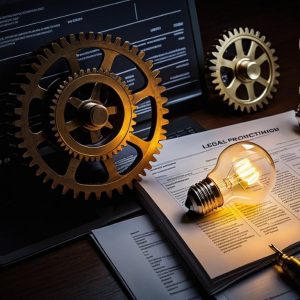-
Home / News
News
-
Read More
Drafting a patent application for a software or process-based invention can be challenging, especially when it comes to making the application clear and easy to understand. Here are a couple of tips to help you streamline your patent application and improve readability.
-
Read More
When drafting patent claims, precision in language is crucial to ensure that the invention is accurately described and protected. A single misplaced word can alter the entire meaning of a claim, potentially leading to misunderstandings or even legal disputes. One common mistake that often slips under the radar is the improper use of the word "include."
-
Read More
The U.S. patent system, once a driving force behind technological advancement, is now widely seen as faltering. To restore its vitality, experts argue that a dedicated, long-term effort is needed to address its shortcomings. This discussion focuses on pinpointing the root causes of the system's decline and offering actionable solutions to reinvigorate it.
In its heyday, particularly during the 1980s, the patent system thrived. The U.S. Patent and Trademark Office (USPTO) successfully reduced its backlog, cutting the average pendency time to just 18 months.
-
Read More
Innovation is thriving globally, with the World Intellectual Property Organization (WIPO) expecting to report a notable rise in patent applications for 2024. Based on historical trends and official patent data, over 3.8 million patent applications were filed worldwide in 2024—a 7% increase from the previous year.
-
Read More
When drafting patent applications, the choice between "plurality" and "multiple" can indeed be tricky, as both terms have specific implications in patent law. Here are some key considerations:
"Plurality":
- Traditionally means "a number greater than one" in patent drafting practice.
- Often used instead of phrases like "more than one" or "two or more" due to established conventions.




